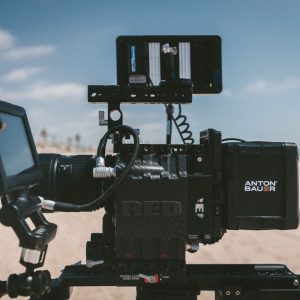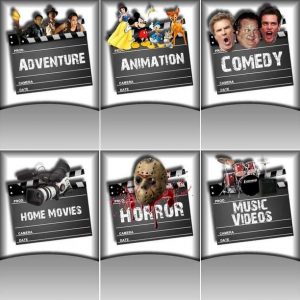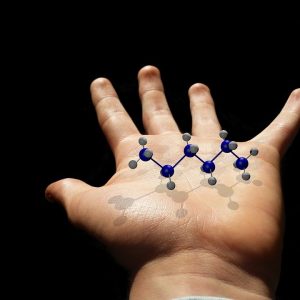Animation is a medium that has been around since the late 19th century. In 1892, the first film showing some animation was released. Since then, animators’ work accelerated significantly, but the golden age of animation started with the “Animation Principles.” The 12 principles of animation were introduced by the key animators of Disney – Ollie Johnston and Frank Thomas in the book ‘The Illusion of Life: Disney Animation, 1981’.
However, these popular principles have changed throughout the years, and now in 2021, there are a few new sets of rules used by animators to create believable movements and actions. In 2020, the global animation industry accounted for $270 Billion, and to be a part of this big industry, you need to keep upgrading yourself.
That’s why we will be discussing the top 7 new animation principles in this blog. So, let’s get started!
1. Timing and Spacing
The principle for timing and spacing in animation is simple. ‘Timing’ is the count of the number of frames between two poses, i.e., the speed of action. While ‘Spacing’ is how those individual frames are placed. Let’s take an example of eyes to understand it. The “look distance” between each eye is created by calculating the amount of “space between eyes” and the right number of frames for the eyes.
2. Squash and Stretch
There are many ways you can use squash and stretch in your animation to create an effect. You can imagine the example of facial expressions. Generally, there is a lot of squashing and stretching going on while talking. The anticipation animation gives your animation a more intense and expressive 3D effect. But, remember the volume of an object never changes except in cartoons for exaggeration. Whenever the object is squashed or stretched, its width and depth need to adjust accordingly.
3. Lead and Follow Action
You have to consider the lead and follow action for all your elements of the animation. For example, the different body parts will move at different times according to the character’s actions. Imagine the character is waving; the shoulder will move first, then the arm, followed by the elbow. You, as an animator, need to have a complete understanding of lead and follow action for positioning the action of your character.
4. Arcs
All modern animators need to know the concept of arcs while depicting character motion. This gives the character a more original and practical look. Look at the following example: When humans walk, even toes tips move in a rounded, arc-like motion. It would be best to depict the same arc motion in every character movement to make your character more natural.
5. Solid Drawing
Solid drawing animation is a new principle that allows animators to create 3 Dimensional characters. It would help if you designed a believable character with the right volume, shape, weight, shadow, and balance. Animators need to know about drawing 3D characters that will help to animate your character. You will need to skill yourself as a designer to be a great animator.
6. Secondary Action
Secondary action animation is one of the basic components in an animation film that supports the main action sequence to pull the viewer’s attention. It is the secondary moving character/object in the frame with respect to the main action. Examples of secondary action include the hands and legs moving towards a cup while picking it up. In this case, the hands are making a primary action, and legs making the secondary action that must be consistently placed in a precise and even manner.
7. Appeal
An appealing character holds the attention of the audience for a longer time. The features of the character, such as color, shape, body movement, charm, and magnetism, are crucial for your design’s success. Keep in mind to induce strong feelings in your audience’s mind with an appealing character, let it be the lead, or supporting characters in your story. For example, the eyes of the character represent a lot of facial expressions. Use the most relevant eye shape, color, and movement to make it appealing.
The animation industry has changed dramatically over the last decade. Learning these new animation rules and implementing them in your animation will make your characters more popular than ever. We hope this guide has brought you closer to design your dream animated character with all the new basic rules of animation.
You can pursue a UG program in ‘3D Animation and Visual Effects’ with a renowned School of Entertainment Arts – DICE-VFS. It is one of the best animation schools in India that exposes students to a wide industry connection. This 18 month program will enlighten you with the animation and visual effects knowledge that will help you succeed in this industry with career guidance and an extended DICE-VFS Alumni network.
Get yourself enrolled to enter the new world of animation!










